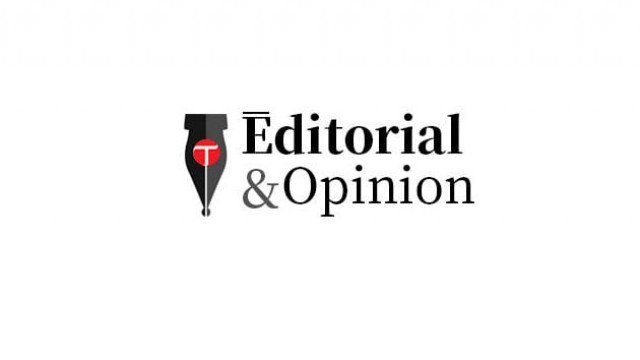The galloping public debt
Successive governments have been unable to bring these numbers down to sustainable levels

The federal government’s total debt has risen almost 22% in the past two years, according to the latest SBP data. The biggest contributor to the increase has been domestic debt, although it is worth noting that the SBP did not include IMF loans or foreign exchange liabilities in the external debt calculation. Excluding those, however, external debt only rose by about 12% over the past two years, compared to the 27% jump in domestic debt. Debt financing now accounts for a third of the country’s annual budget. The country’s debt to GDP ratio is about 78%, well beyond the 60% legal limit.
Successive governments have been unable to bring these numbers down to sustainable levels. Instead, more prudent governments have opted to cut spending on critical sectors, while optimistic ones have tried to completely ignore the problem and keep running up the debt. Unfortunately, neither of these approaches has paid off. Budget cuts always hit areas where the government is already underinvesting, such as health, education and infrastructure. Reducing funding to these areas also has a knock-on effect of discouraging investment and crippling growth, as they reduce the quality of labour and weaken communication and transportation networks.
A cursory look at the numbers shows the ‘surprising’ detail that debt servicing has actually declined in the year to date, but a more holistic understanding quickly pops the bubble. The decrease is entirely attributable to moratoriums announced by international financial institutions and various donor countries. This is also part of why current account reserves are at record levels — the biggest regular expense was going unpaid. Unfortunately, that may not be the case this year, as the government now has to pay about $20 billion to make this year’s payments, equivalent to the entire current account balance.
S&P Global recently listed Pakistan’s economic outlook as stable, but also noted that the country’s fiscal and external debt remained elevated which would eventually hit commercial banks and the rest of the financial system. That situation would truly be untenable.
Published in The Express Tribune, September 2nd, 2021.
Like Opinion & Editorial on Facebook, follow @ETOpEd on Twitter to receive all updates on all our daily pieces.














COMMENTS
Comments are moderated and generally will be posted if they are on-topic and not abusive.
For more information, please see our Comments FAQ